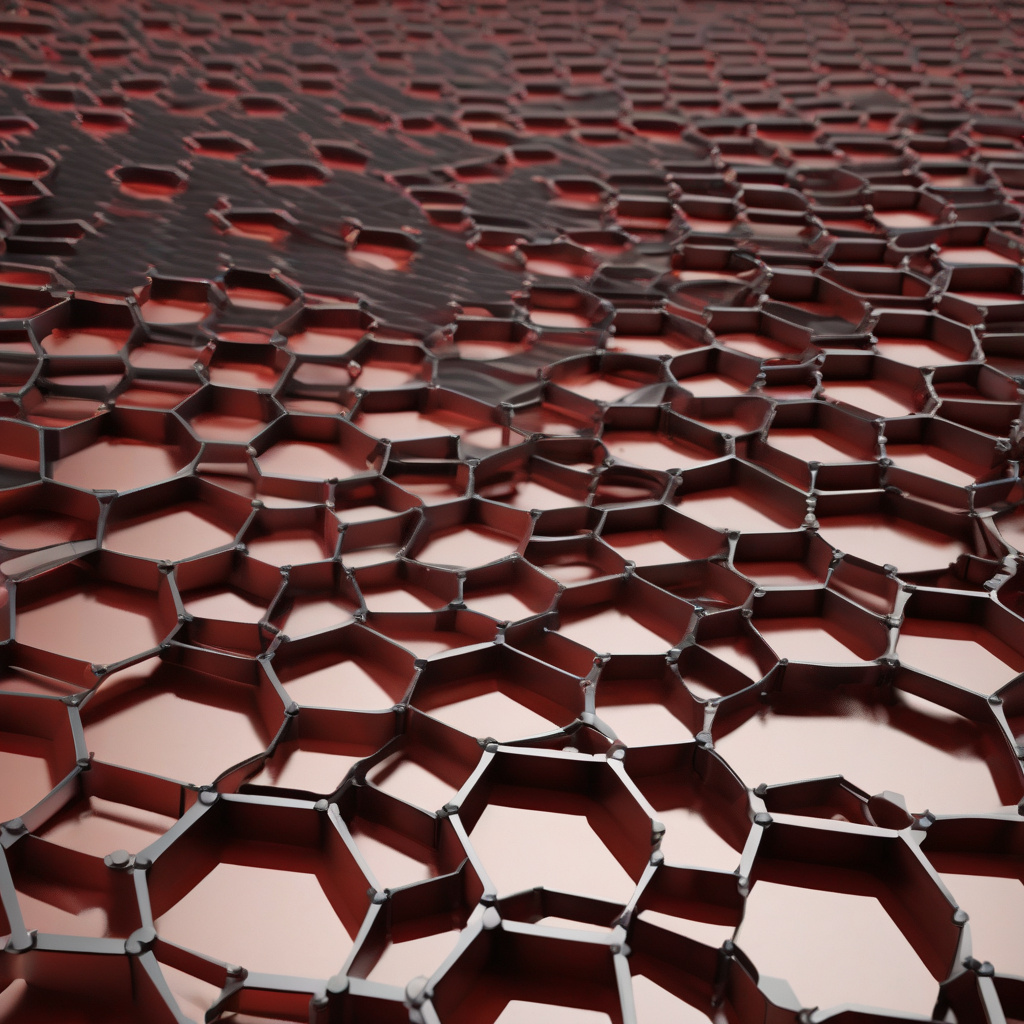Groundbreaking Accordion Effect Makes Graphene More Stretchable by Removing Atoms
Austrian researchers have unlocked a groundbreaking property of graphene, making it significantly more stretchable by removing atoms. This innovative approach to manipulating graphene’s structure has the potential to revolutionize various industries, from electronics to healthcare.
Graphene, a single layer of carbon atoms arranged in a hexagonal lattice, is renowned for its exceptional strength and conductivity. However, its lack of stretchability has limited its applications in flexible electronics and wearable technologies. The traditional methods of enhancing graphene’s stretchability, such as doping or introducing defects, have had limited success in overcoming this challenge.
The team of researchers from Austria took a different approach by employing an “accordion effect” to enhance graphene’s stretchability. By selectively removing atoms from the graphene lattice, they created a series of gaps that allow the material to stretch like an accordion without compromising its structural integrity. This innovative technique not only increases graphene’s flexibility but also maintains its remarkable electrical properties.
The implications of this discovery are far-reaching. In the field of electronics, stretchable graphene could lead to the development of flexible displays, wearable sensors, and even electronic skins that can conform to the human body. This could pave the way for next-generation wearable devices that are not only comfortable to wear but also highly functional.
Moreover, the healthcare industry stands to benefit from this advancement as well. Stretchable graphene could be used to create implantable sensors that can monitor various physiological parameters in real-time. These sensors could revolutionize the field of personalized medicine, allowing for continuous health monitoring without the need for invasive procedures.
Beyond electronics and healthcare, the automotive and aerospace industries could also leverage stretchable graphene for various applications. From flexible touchscreens in cars to lightweight, durable components in aircraft, the possibilities are endless.
It is worth noting that the accordion effect technique is not limited to graphene alone. Researchers believe that a similar approach could be applied to other two-dimensional materials, opening up new avenues for innovation in material science.
In conclusion, the groundbreaking accordion effect that makes graphene more stretchable by removing atoms represents a significant leap forward in material engineering. By harnessing the unique properties of graphene in a novel way, researchers have overcome one of the major limitations of this wonder material, unlocking its full potential for a wide range of applications.
#Graphene, #AccordionEffect, #Stretchable, #MaterialScience, #AustrianResearchers












